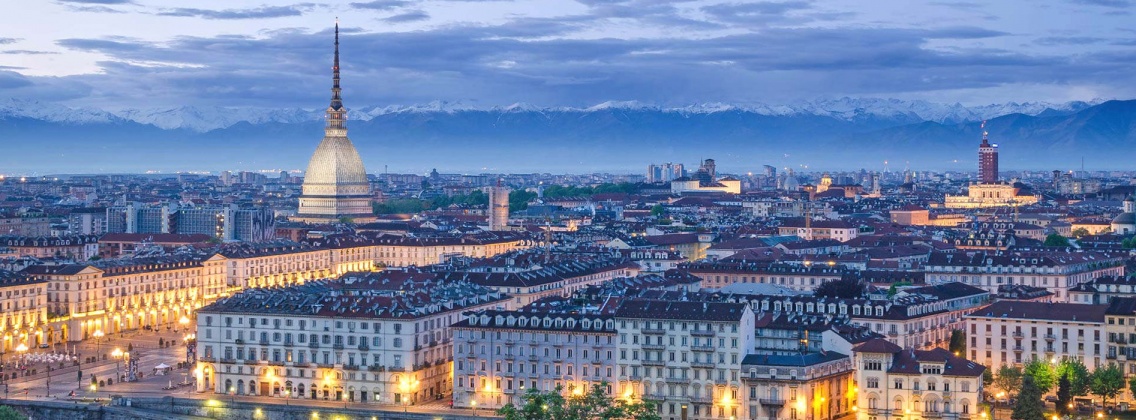
Piedmont
Visit Piedmont: rolling hills, white peaks and elegant cities
Things to do in Piedmont
All the experiences and attractions for the most popular activities.
Territory of Piedmont
The Territory of Piedmont can be divided from the outside towards the centre into 3 concentric areas: the outermost is the Alpine and Appenine area, which is mountainous and occupies about 45% of the region, the middle area which is hilly and the inner area which is mainly flat.
Piedmont is the second largest region in Italy, on its territory flow many rivers and streams, all tributaries of the river Po, whose source lies in Piedmont, at Pian del Re.
Useful information about Piedmont
Piedmont is a region of Northern Italy, with the capital (and historical capital) Turin. It borders France to the west, Valle d'Aosta to the northwest, Switzerland to the north, Lombardy to the east, Emilia-Romagna to the south-east and Liguria to the south. Piedmont is the second Italian region for the largest number of municipalities and the other provinces are Alessandria, Asti, Biella, Cuneo, Novara, Verbano-Cusio-Ossola and Vercelli. It is also the westernmost region of Italy and is part of the Alps-Mediterranean Euroregion and the Alpine Macroregion.
Top Attractions in Piedmont
all entrance tickets for the most popular Italian attractions
Discover the Italian Ambassador of Excellence in this region
Looking for tips for your next trip? Ask Monna Lisa.

Places and tours of Piedmont
With its land rich in natural resources and landscapes, Piedmont truly caters to all kinds of visitors. The region's artistic and cultural heritage is remarkable and reflects different historical periods: Romanesque, Gothic, Neoclassical, Baroque and contemporary art. The Baroque palaces, Royal Residences, churches, castles and thermal cities (Vinadio, Acqui Terme, Lurisia or Agliano Terme, to name a few), together with the religious tourism destinations, offer an array of itineraries of historical and natural interest.
Noteworthy are the vineyards of the Langhe, Roero and Monferrato. Piedmont is considered to be the quintessential Alpine region, as suggested by its name, which means "at the foot of the mountain". It references the perpetually snow-covered peaks of its mountains, which are among the highest in Europe, such as Monte Rosa and Monviso, where the source of the river Po is.
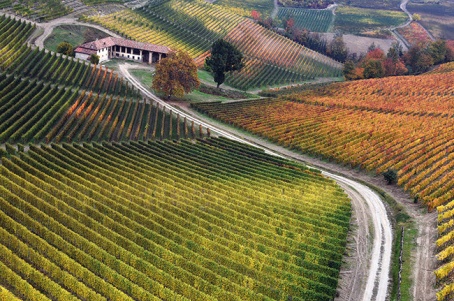
Food and flavours of Piedmont
Piedmont's food and flavours form a very special regional cuisine, both in terms of production and recipes. Among the recipes, the most famous is undoubtedly the bagna cauda, the Agnolotti (a type of filled pasta), the gnocchi al Castelmagno (a typical cheese of Piedmont) and vitello tonnato (veal in tuna sauce), which can be served both as an appetizer and as a main course.
Piedmont is also renowned for its wines. Barolo, Barbera, Asti Spumante, Barbaresco: most of Piedmont’s wines are produced from the Nebbiolo grape, and they are known and appreciated all over the world. The Barolo wine in particular, is an essential ingredient of a very typical dish, the Barolo risotto.
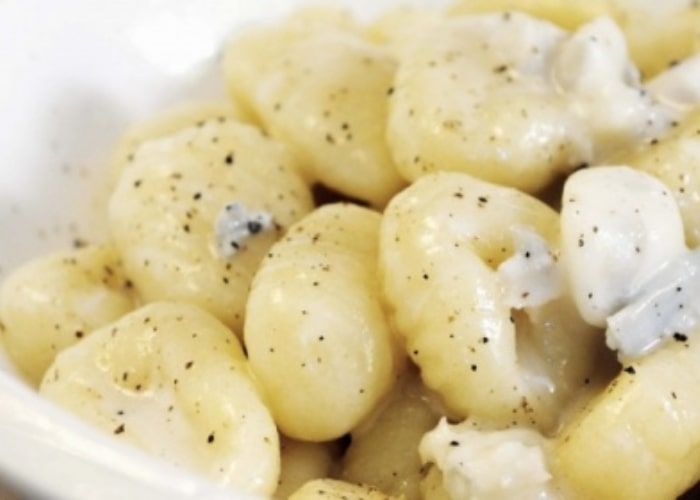
Unesco Sites in Piemonte
Art and culture of Piedmont
In Piedmont, art and culture have very ancient origins, as do the first human settlements established in these territories. However, the region experienced its period of greatest splendour under the long rule of the House of Savoy, which lasted until fairly recently.
The region always played a central role in the development of the arts. This is still true nowadays, as the main Italian artistic currents of the 20th century were born or developed in Piedmont; among them are the Futurists, Felice Casorati, the Situationist International movement the Arte Povera of Michelangelo Pistoletto from Biella. It is no coincidence that Turin is considered a world capital of contemporary art.
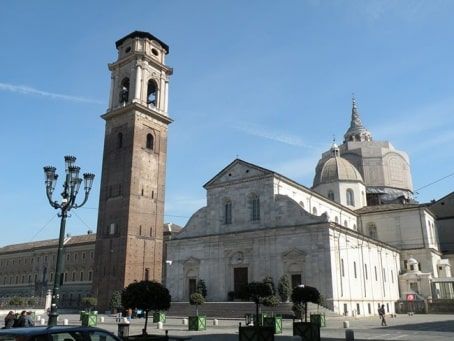
Stories and traditions of Piedmont
The history of Piedmont has its roots far back in time but what has historically characterized the region for what we know today is the domination of the House of Savoy under which the city of Turin was the capital of the Duchy of Savoy first, then the Kingdom of Sardinia and finally first capital of the Kingdom of Italy. In this sense the city of Turin and all of Piedmont had great importance in the period of the Risorgimento, importance maintained until today. The city of Turin, in fact, still remains one of the major Italian industrial centers.
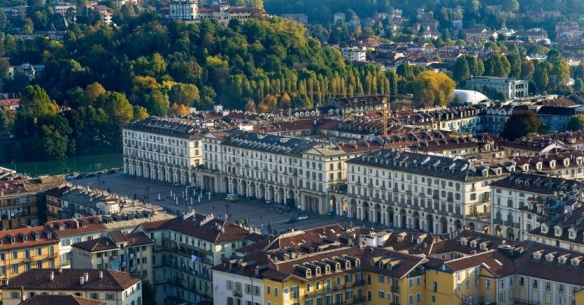
Regione Piemonte
Piedmont is located in northwestern Italy and is the second-largest region in Italy.
Its borders are with Valle d'Aosta and Switzerland to the north, Liguria to the south, Lombardy and a section of Emilia Romagna to the east, and France to the west.
Its territory is predominantly mountainous due to the presence of the Alps -whose peaks exceed 4,000 meters above sea level in Monte Rosa and Gran Paradiso - and the Apennines, which descend sharply to the extensive hilly areas of the Langhe, Roero and Monferrato whose wine-growing landscapes have been a UNESCO World Heritage Site since 2014. Then follows the broad Po Valley, which begins here in Piedmont, an area particularly rich in water so as to be extensively cultivated with rice fields.
Piedmont is rich in waterways, and the main river that flows through the entire region, from east to west, is the Po with its important tributaries such as the Dora Baltea, Dora Riparia and Ticino. There are also a large number of lakes, among the largest in Italy, such as Lake Maggiore and Lake Orta.
There are numerous protected areas in the region, 2 national parks - Gran Paradiso and Val Grande - 56 regional parks and reserves and numerous provincial protected areas.
After the first settlements dating back to the Paleolithic period, in the 1st millennium B.C. Piedmont was occupied by Celtic and Ligurian peoples later subdued by the Romans, who founded important colonies such as Augusta Taurinorum, today's Turin. After the fall of the Western Roman Empire, Piedmont came under the control of first the Huns and then the Ostrogoths, eventually falling into the hands of the Lombards in 568 and being conquered by Charlemagne in 774. Territorial lordships developed in Piedmont in the following centuries, and the unification process under the Savoy Family took several centuries. Only after the Peace of Cateau-Cambrésis in 1559 could Emanuel Philibert and his successors begin the process of final unification, which was completed in 1748 with the Treaty of Aachen.
After the Napoleonic domination (1798-1814), Piedmont was annexed to the Kingdom of Sardinia and played a central role in the Italian Risorgimento and the construction of the new unified state (1861), and Turin was the first Capital of the Kingdom of Italy from 1861 to 1864.
Since January 1, 1948, Piedmont has been an Italian region with ordinary status and is currently divided into 7 provinces - Alessandria, Asti, Biella, Cuneo, Novara, Verbano-Cusio-Ossola, Vercelli - plus the metropolitan city of Turin.
Between 1852 and 1861 Piedmont began a rapid process of industrialization and, at the beginning of the 20th century, led Italy's economic takeoff with FIAT, which between the 1950s and 1960s gave rise to an important migration phenomenon, especially from Southern Italy.
Because of its history and geography, Piedmont has countless cultural attractions and natural beauty and is characterized by cities and small towns rich in history and tradition where you can spend unforgettable days.
Turin, the region's capital, is an evocative Baroque city just waiting to be discovered, and Alessandria, Asti, Biella, Cuneo, Novara, Vercelli and Verbania are just a few of Piedmont's cities of art, to be discovered by walking among the historical and artistic beauties that each one preserves: historic palaces, squares, museums and views.
For lovers of the outdoors, there are a thousand ways to experience nature: easy hikes or challenging activities in the mountains, walking in the hills on the wine roads, or enjoying the calm and spectacular views of the lakes.
Piedmont is rich in architectural, historical and environmental assets recognized as UNESCO World Heritage Sites such as the Royal Residences of the House of Savoy, the wine-growing landscapes of the Langhe, the Sacri Monti; the Creative Cities and UNESCO MAB reserves.
Also, the architecture witnesses to Piedmont's military past, Baroque architecture, villas, castles, gardens and, of course, churches and religious routes that make Piedmont unique.
Food and wine are pillars of Piedmont's economy, thanks to the exceptional level of Piedmont's typical products and the richness of its cuisine.
Slow Food, the international association for promoting local food and wine culture, was born in Bra, and every two years the Salone del Gusto, an international food and wine event, takes place in Turin.
In addition, the region boasts two important institutions in the food field, the ‘Italian Culinary Institute for Foreigners’ and the 'University of Taste' in Pollenzo based on protecting and disseminating high-quality products.
Typical fine products include wines - Barolo, Barbaresco and sparkling wines from the Asti area - the 'tonda gentile' hazelnut and the Alba truffle to which the Alba International Truffle Fair is dedicated every year, rice (Italy's only PDO), meats for the renowned 'Bollito', vegetables for ‘Bagna Caoda’, chocolate with the famous Gianduiotto, Cuneesi rum and Bonet, a spoon pudding made with cocoa, amarettis and rhum, and important liquor labels.
Many are the culinary creations born in Piedmont and now known all over the world, such as the 'tramezzino' or the aperitif ritual and the first espresso bar machine!
Since 2000, tourism in Piedmont has been on a steady positive trend, and in 2019 Lonely Planet's Best in Travel guide voted Piedmont as the best region in the world to visit.


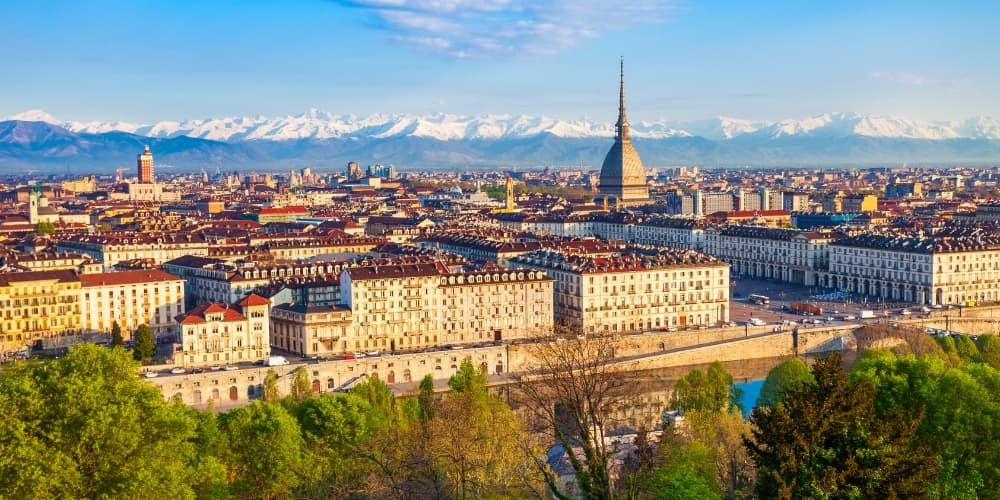

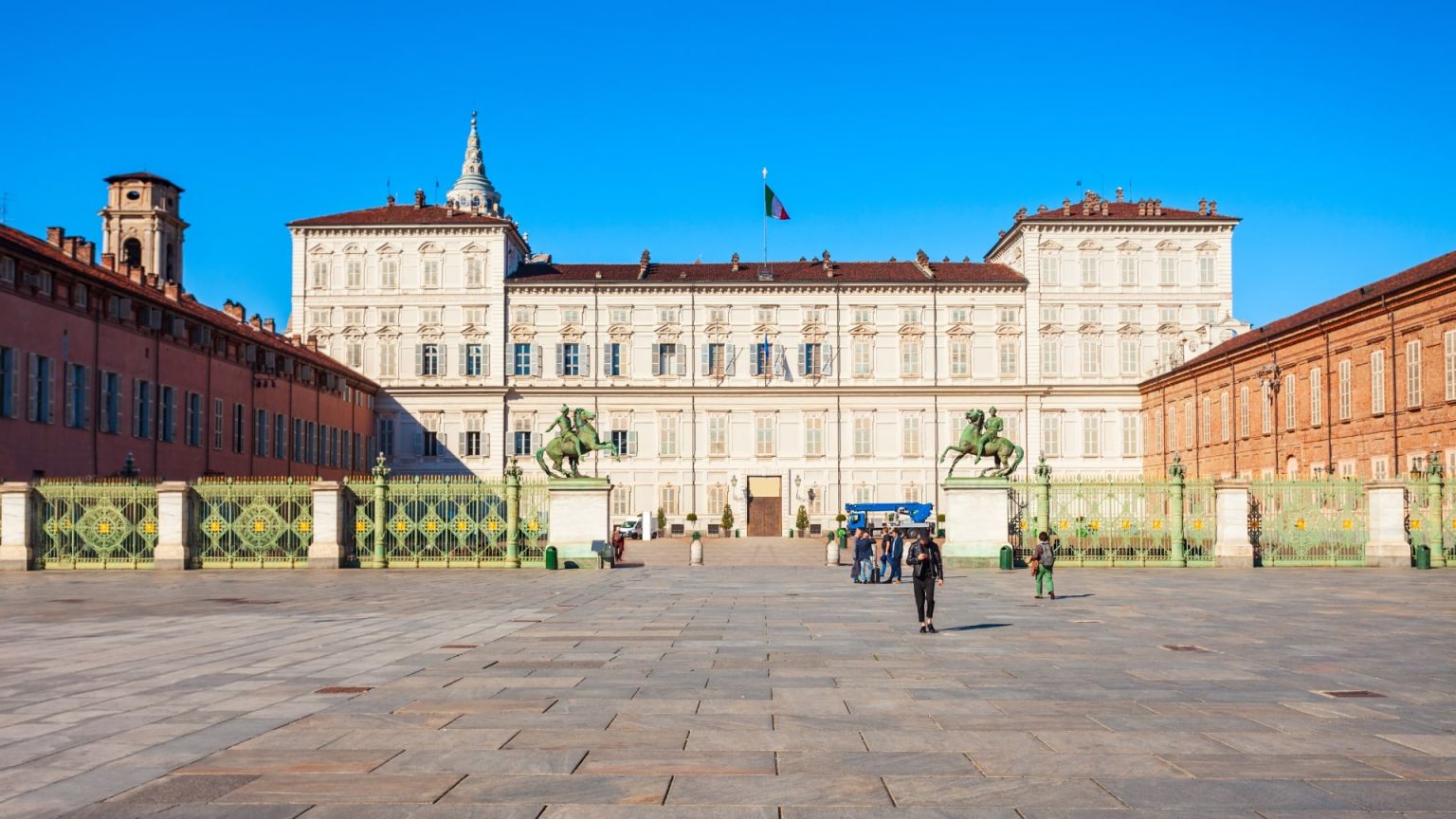
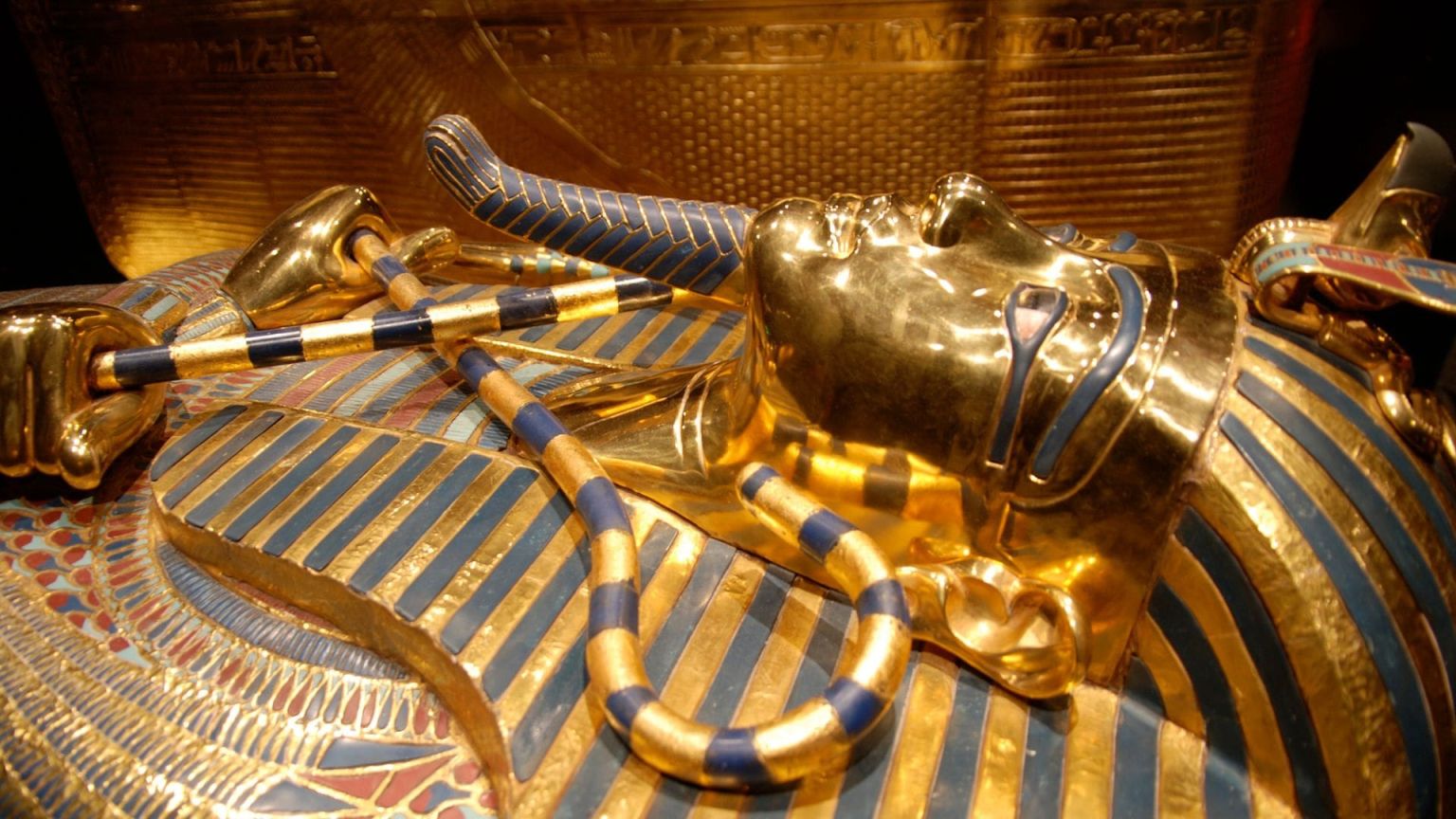
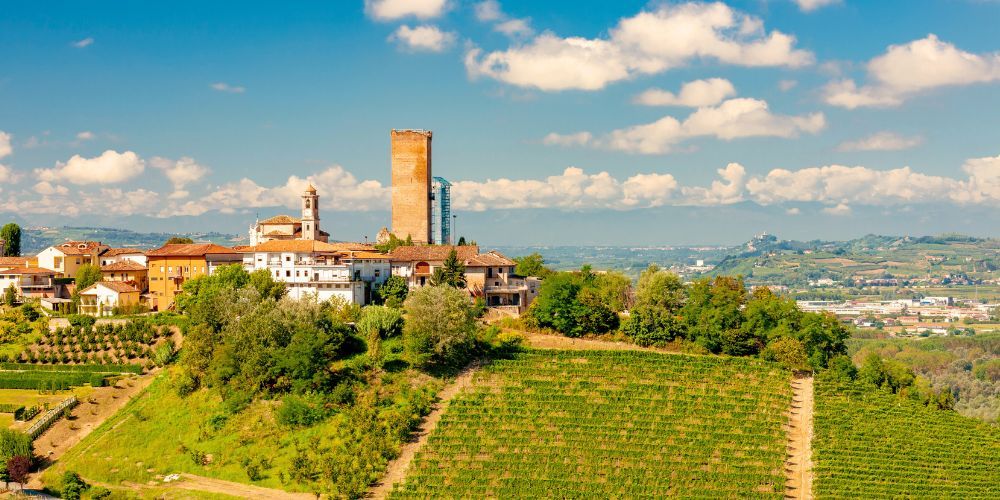
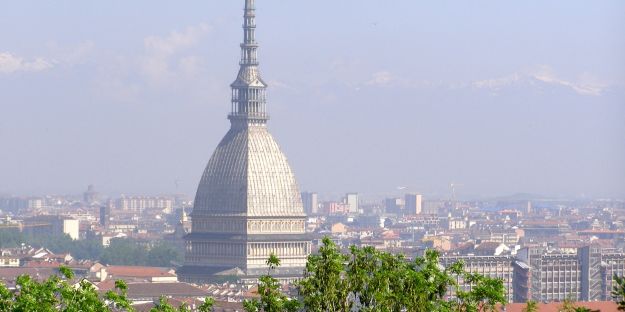
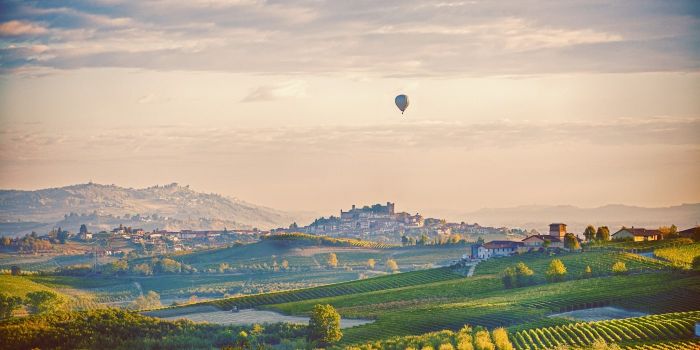
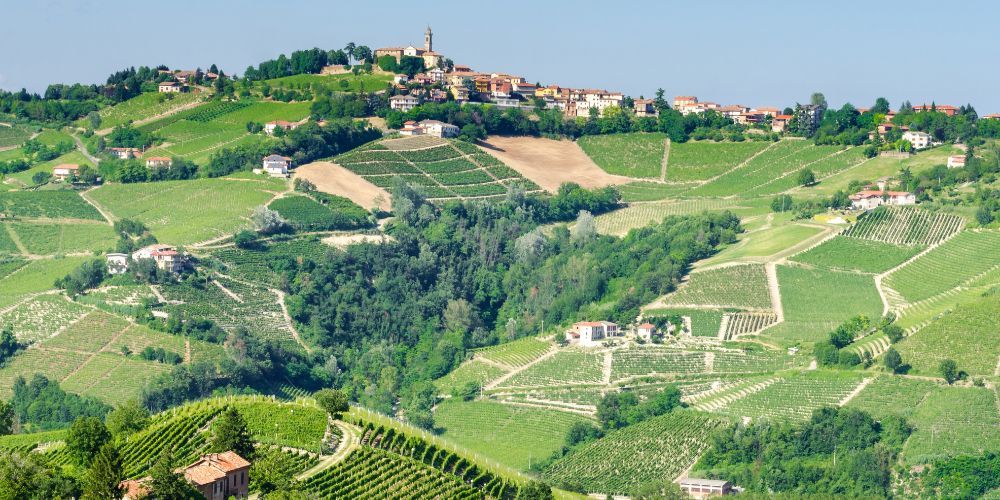
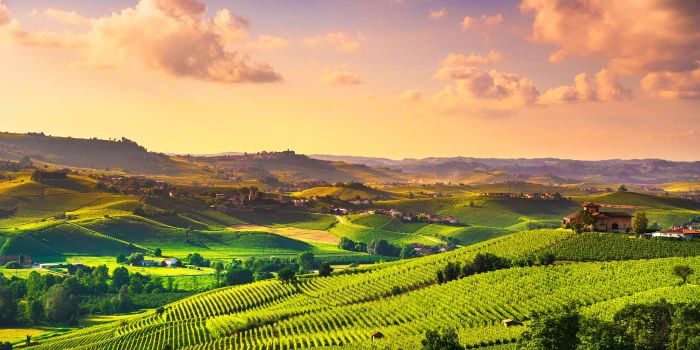
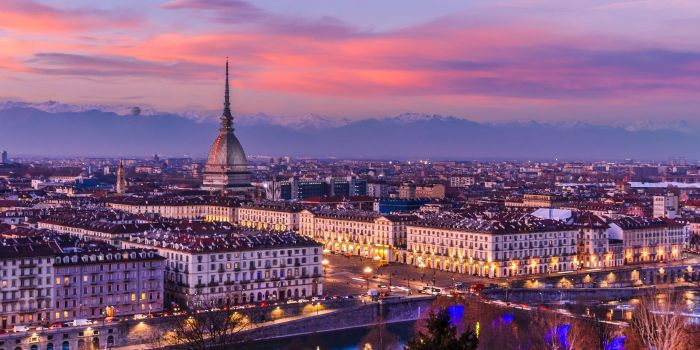
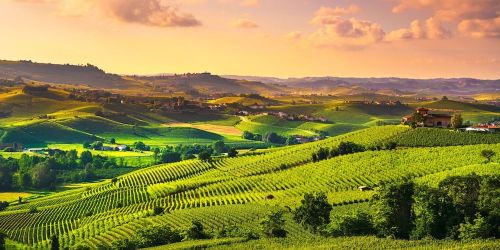
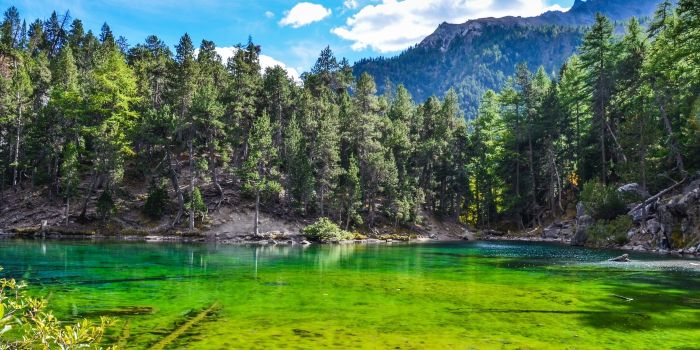
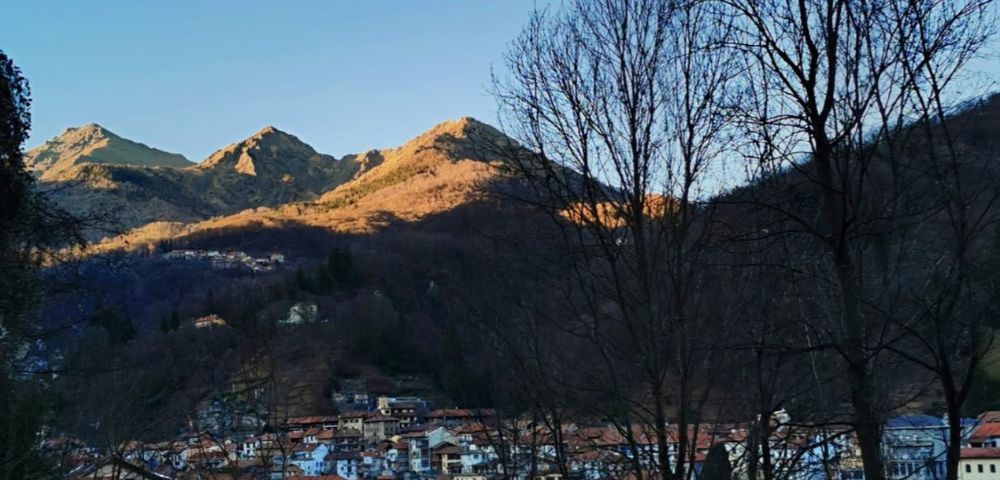
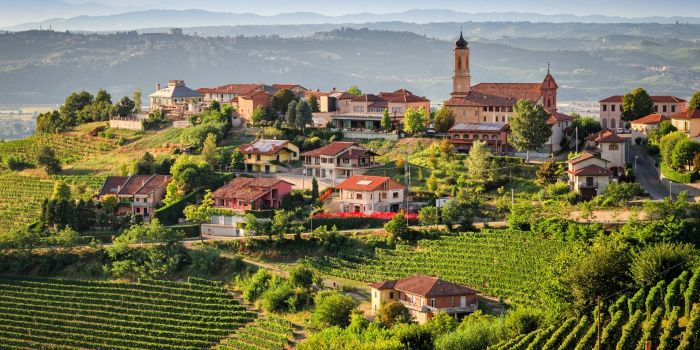
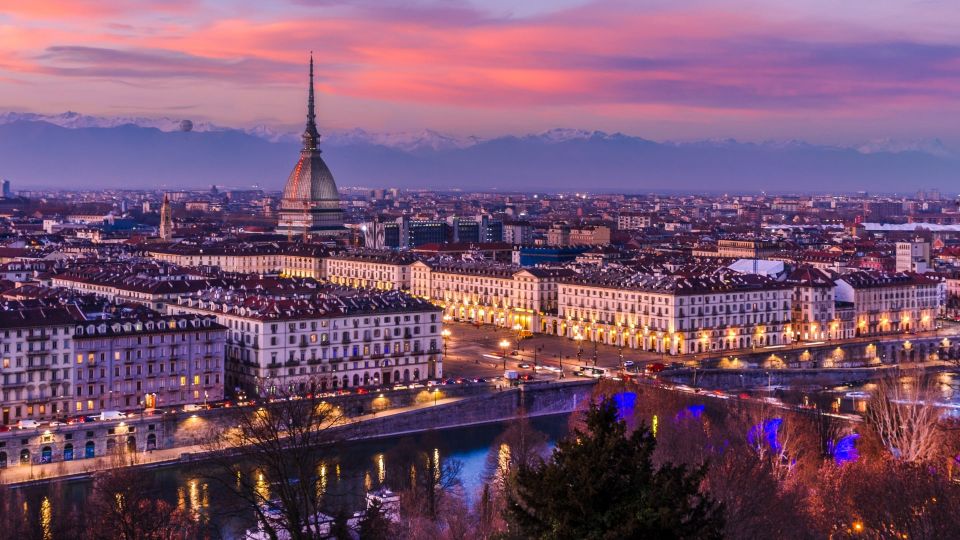

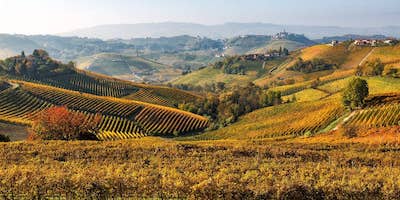
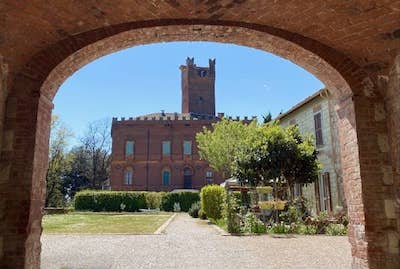

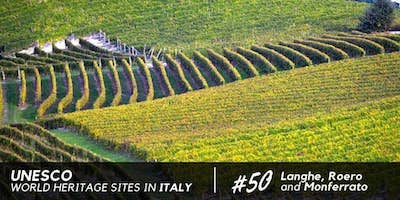
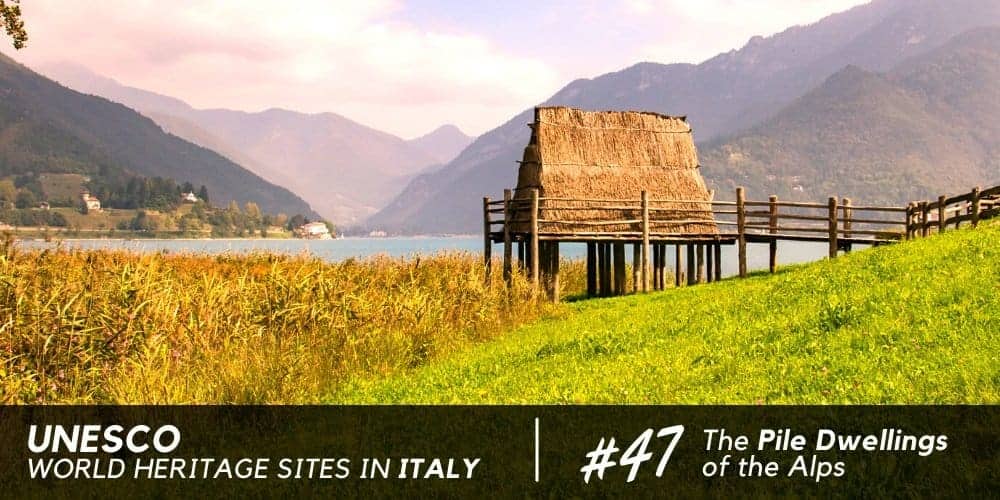
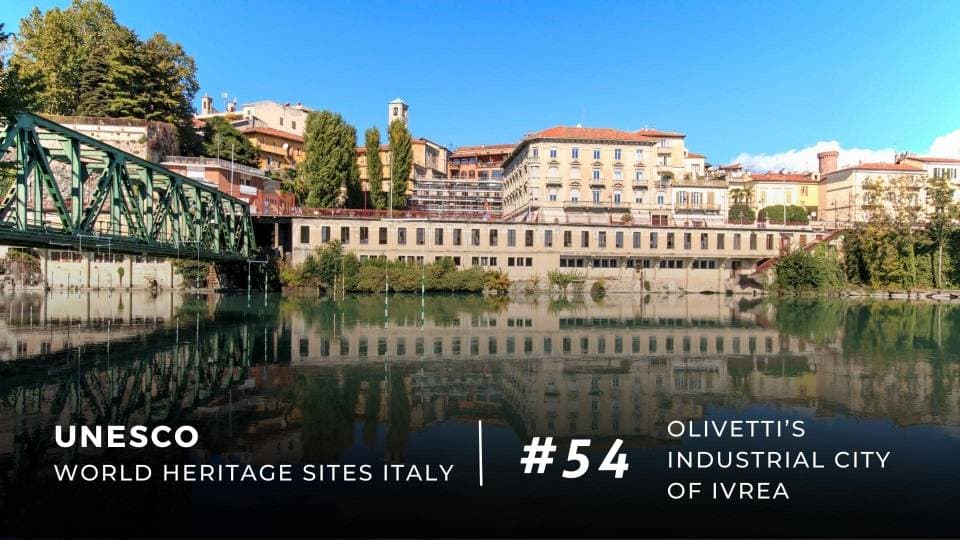
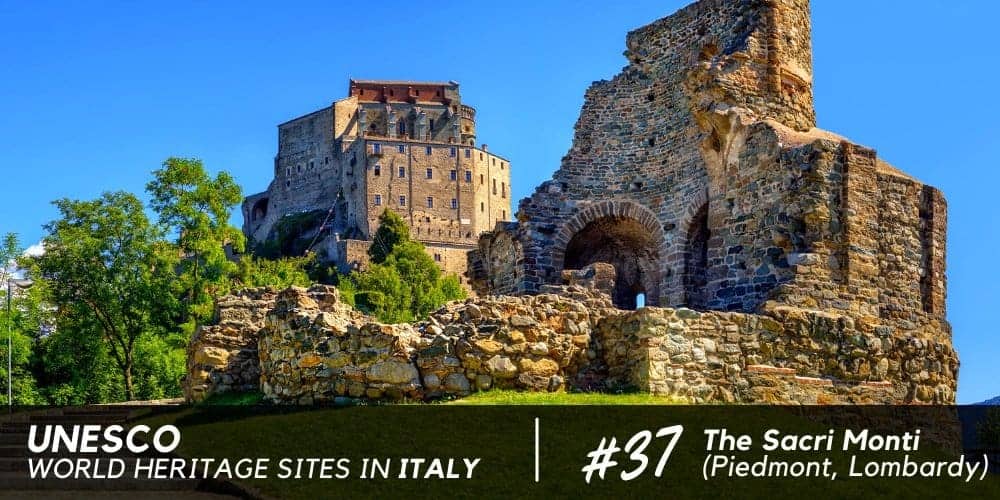
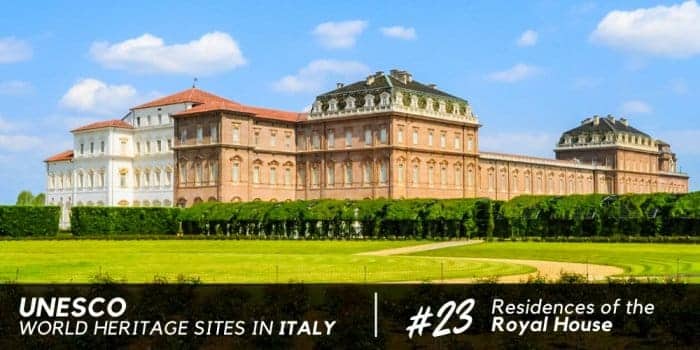
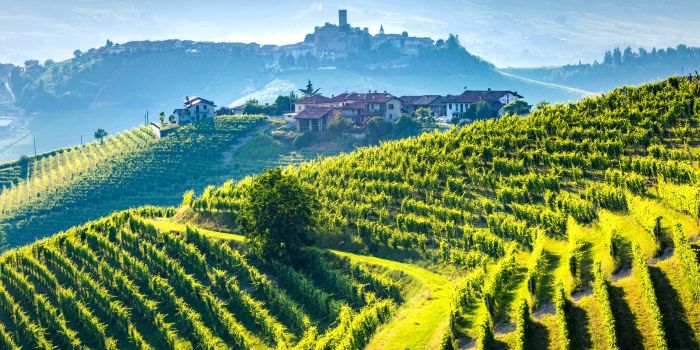
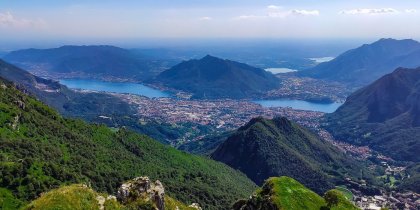

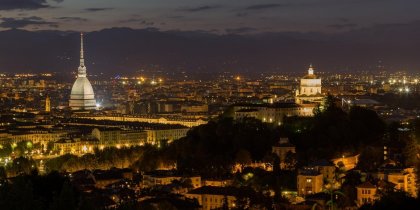
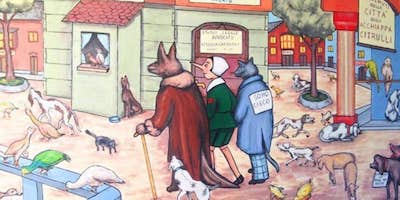
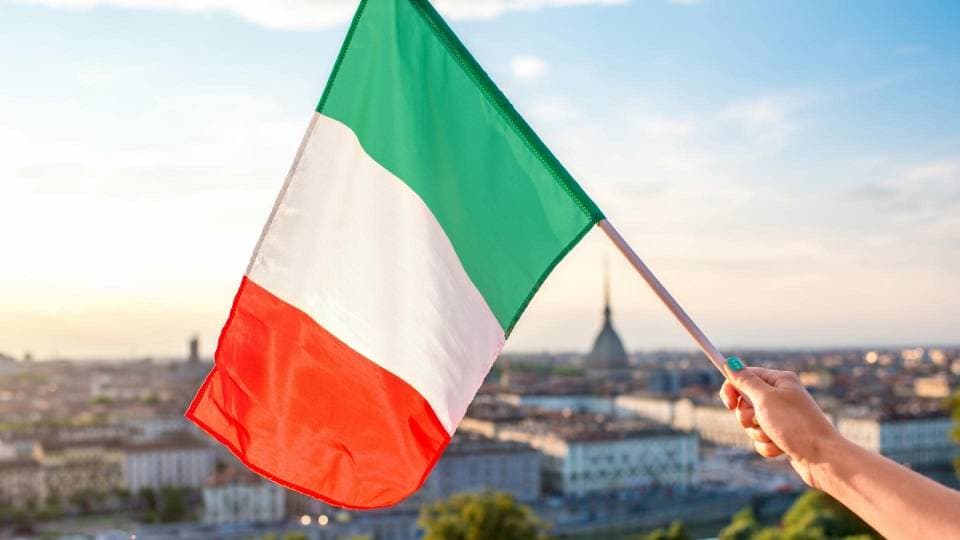
Ciao! I'm Monna Lisa, your digital travel designer. I'm here to help you plan your perfect trip to Italy.